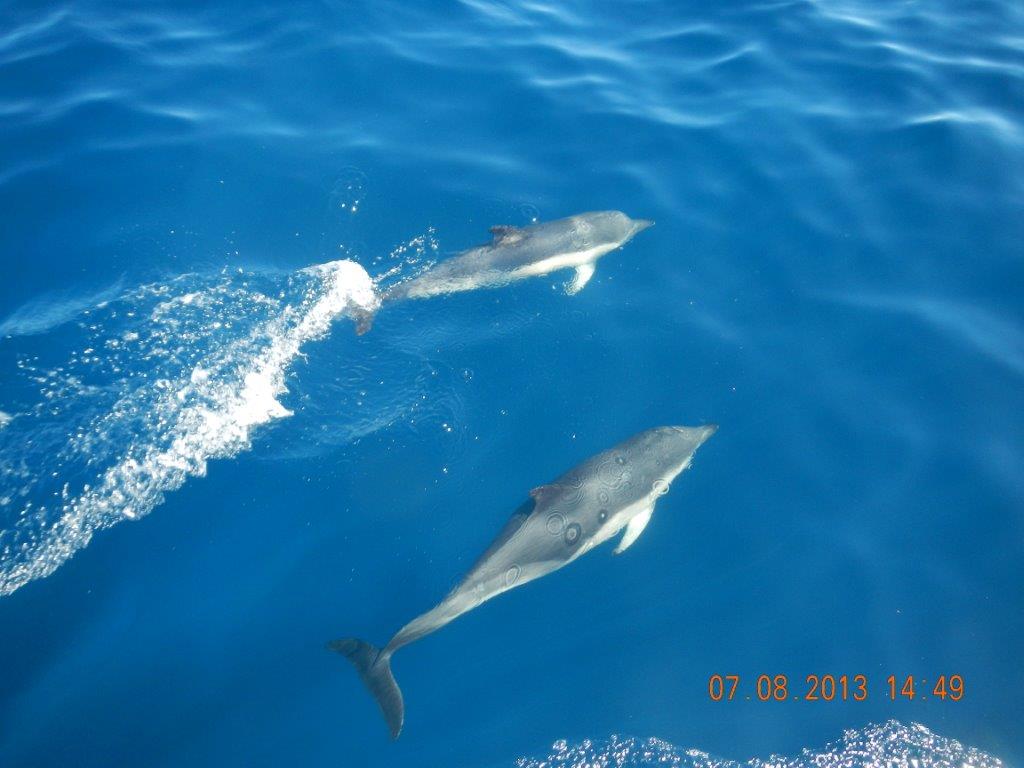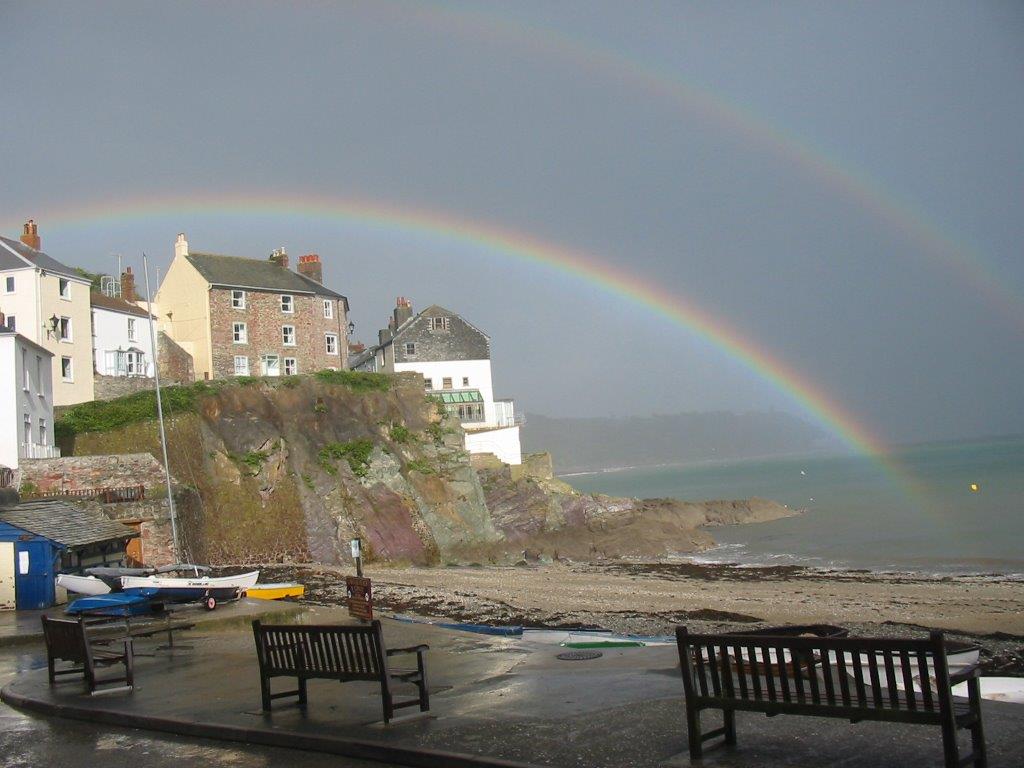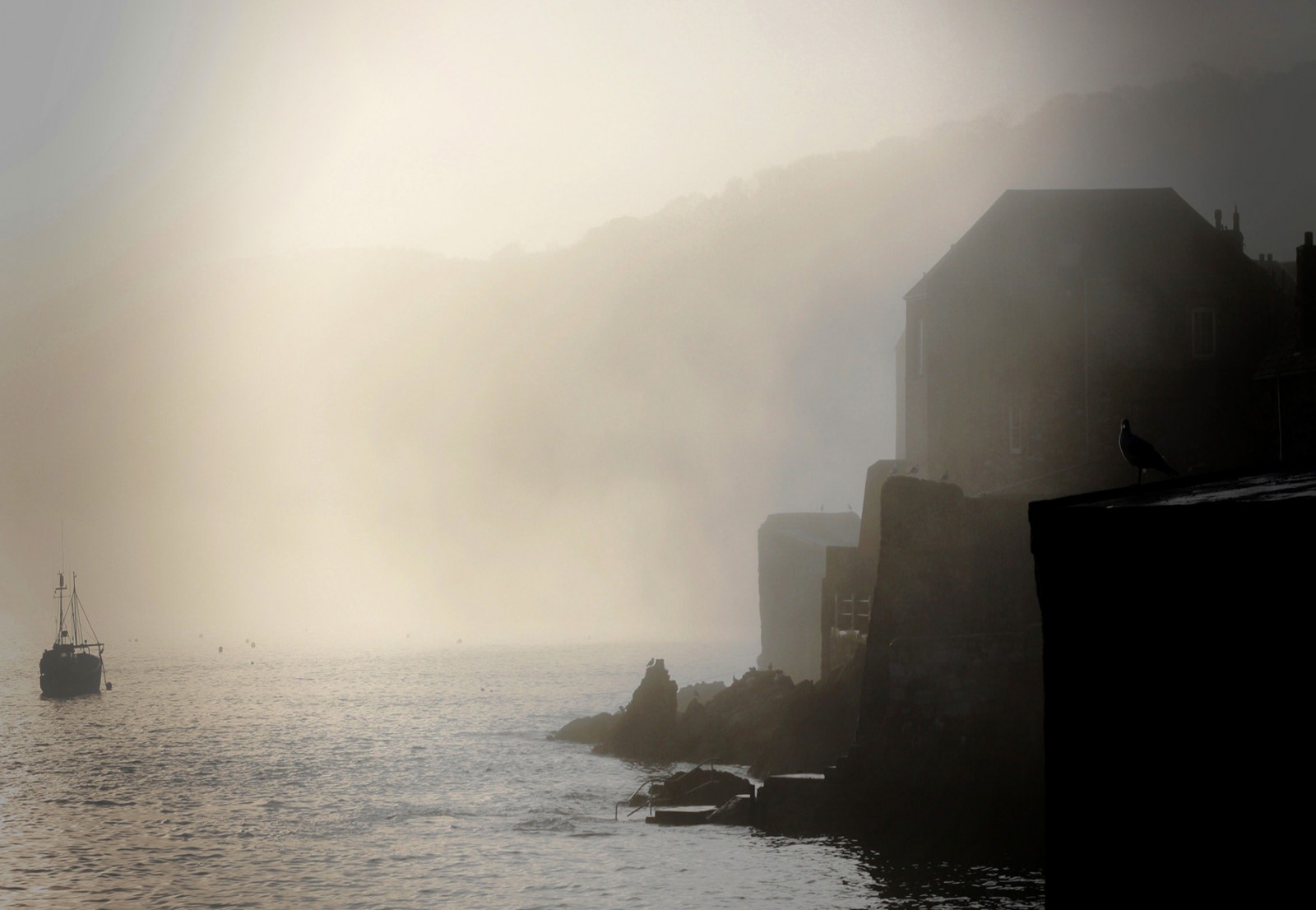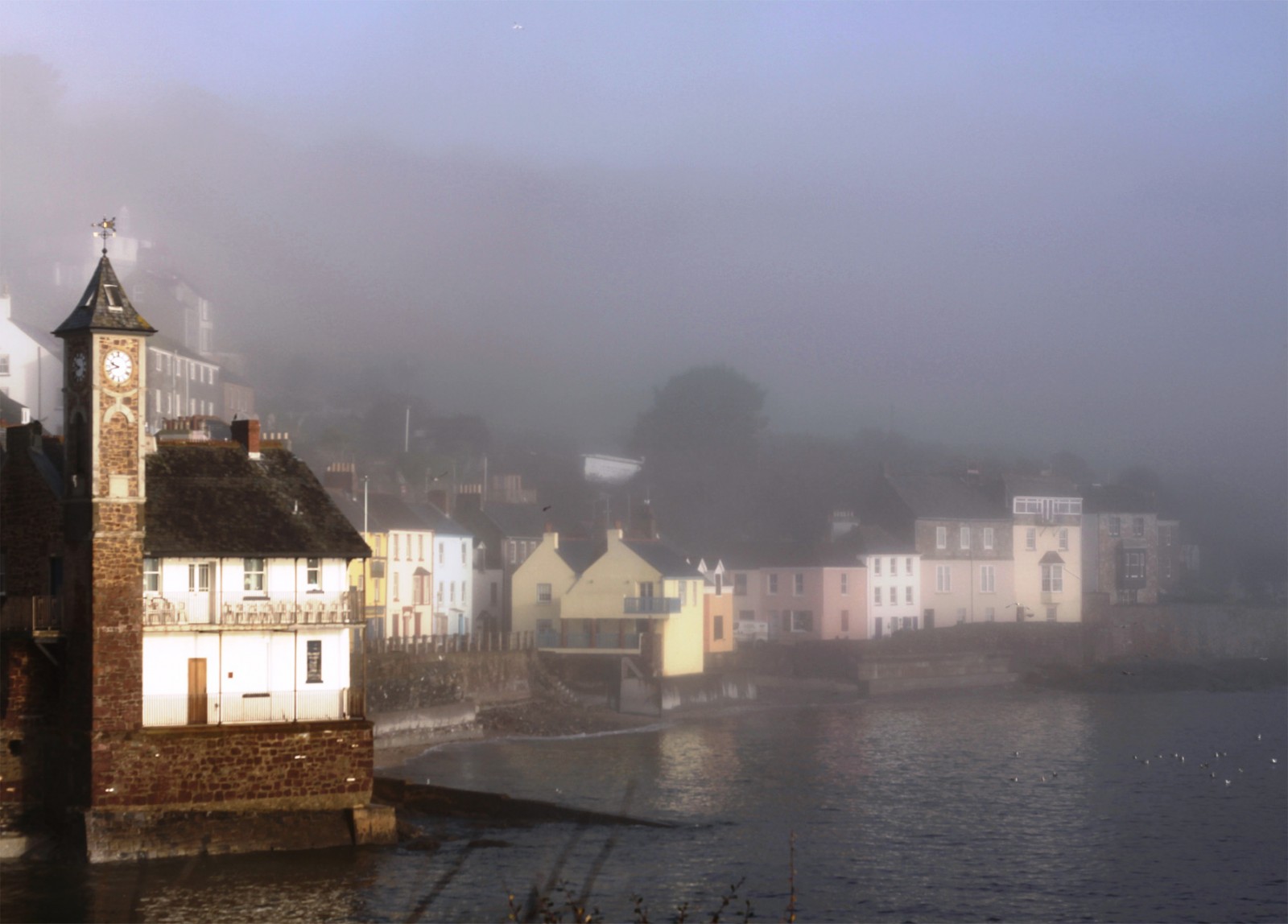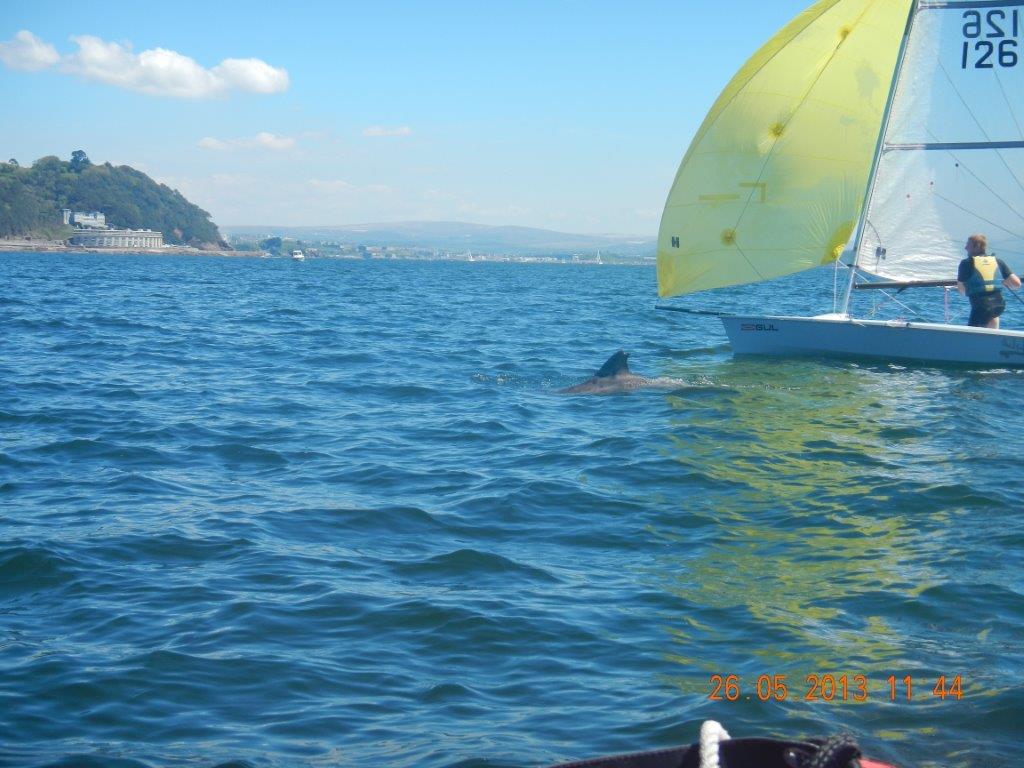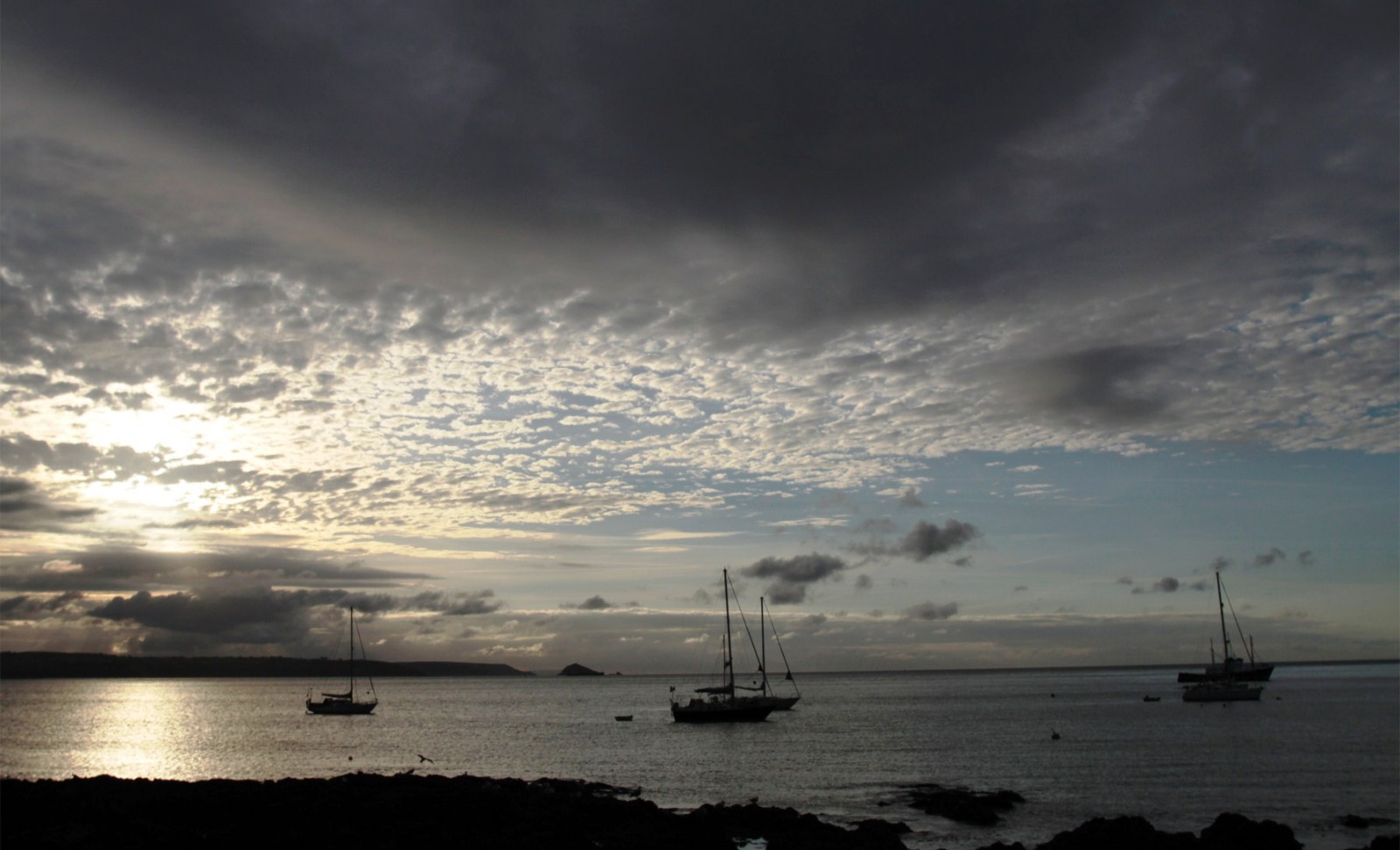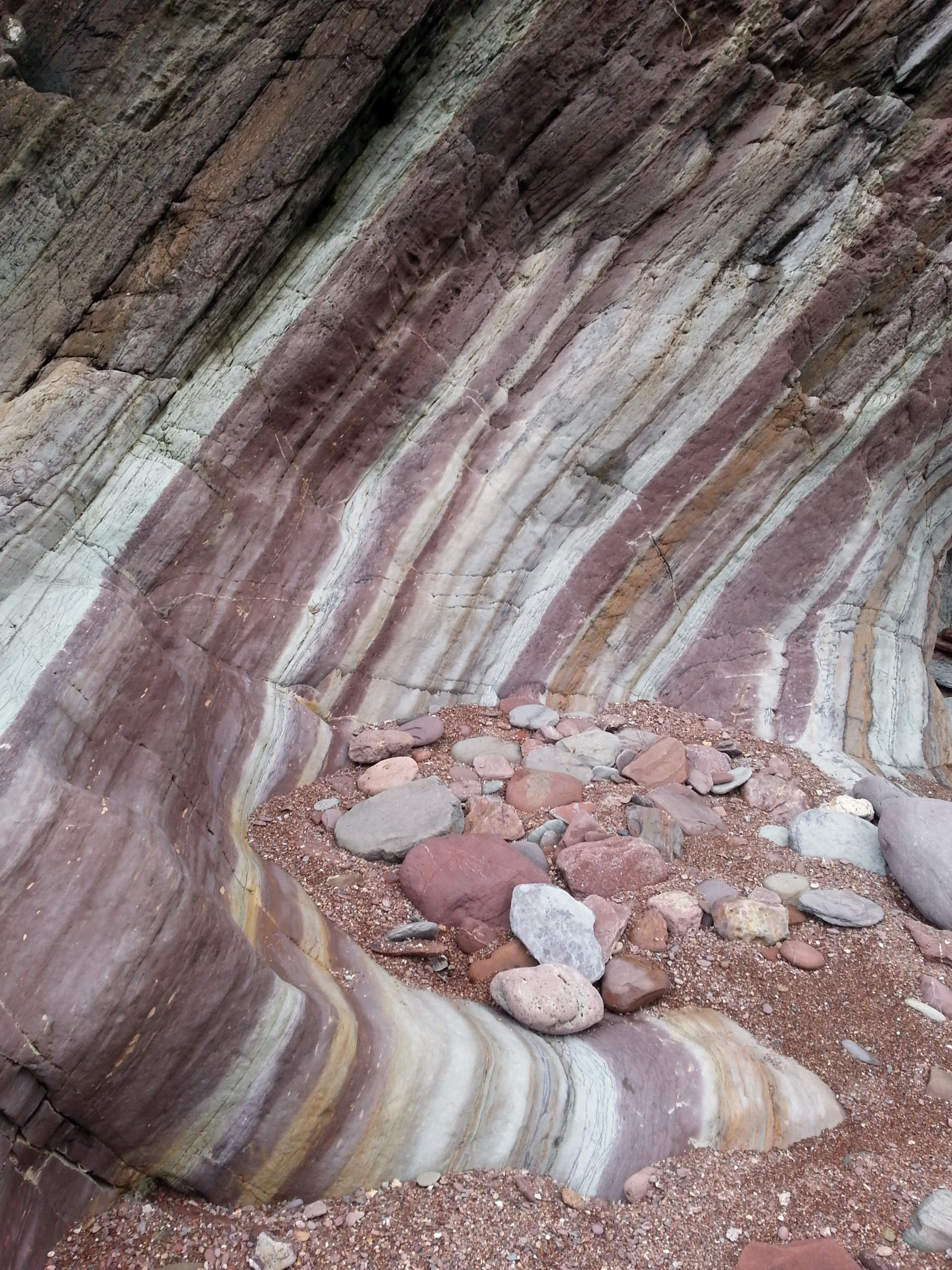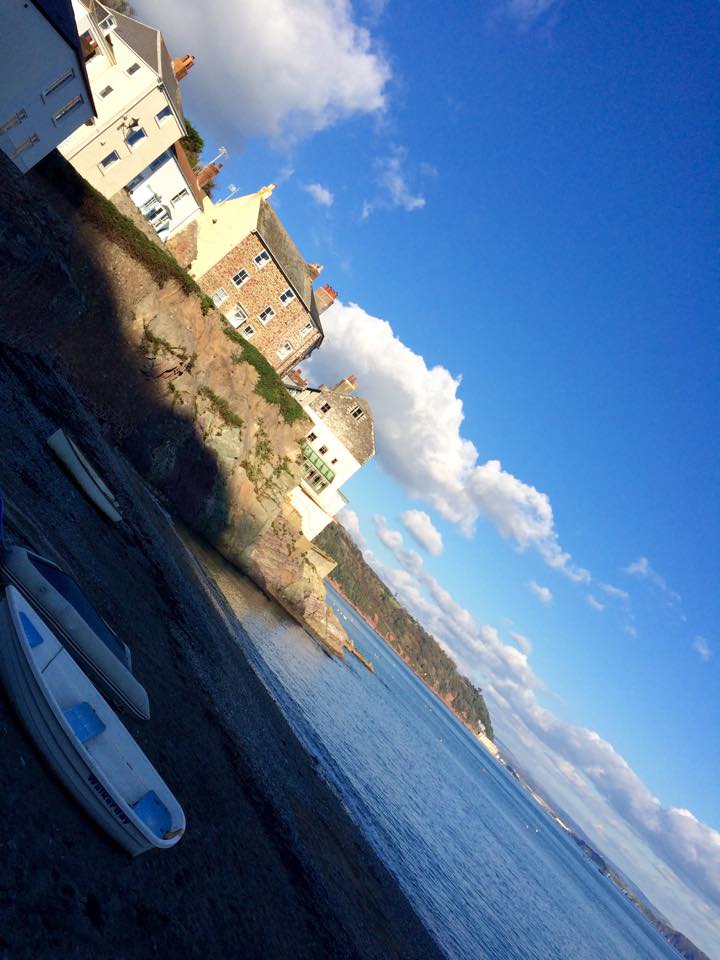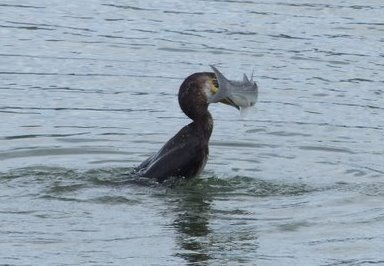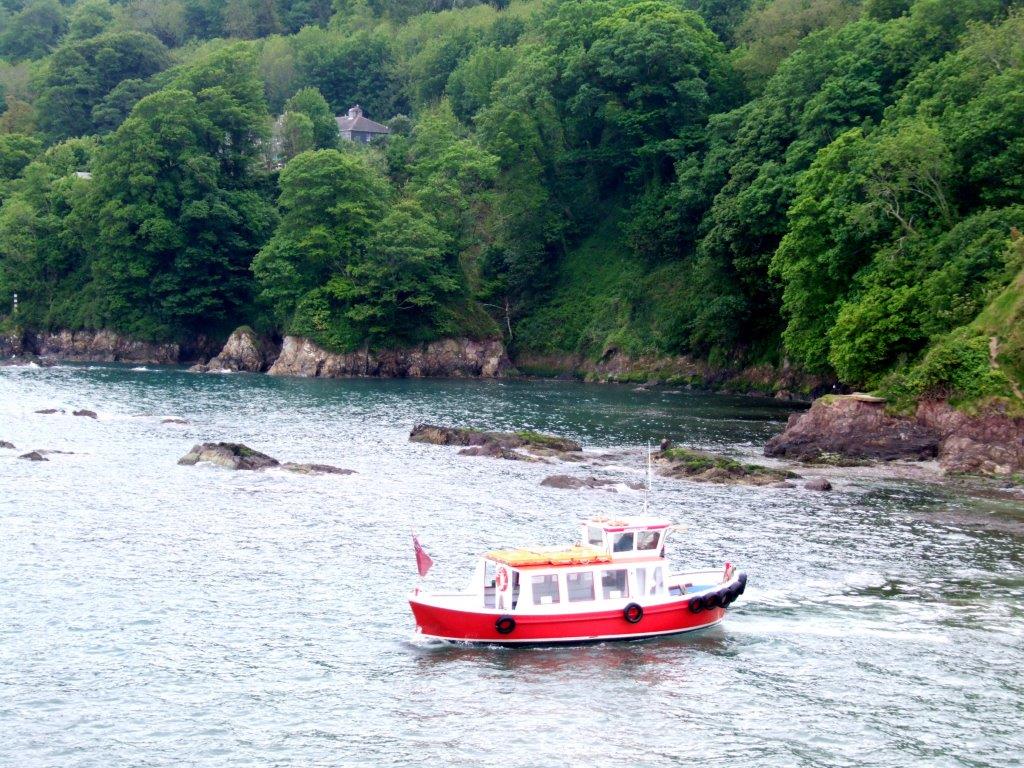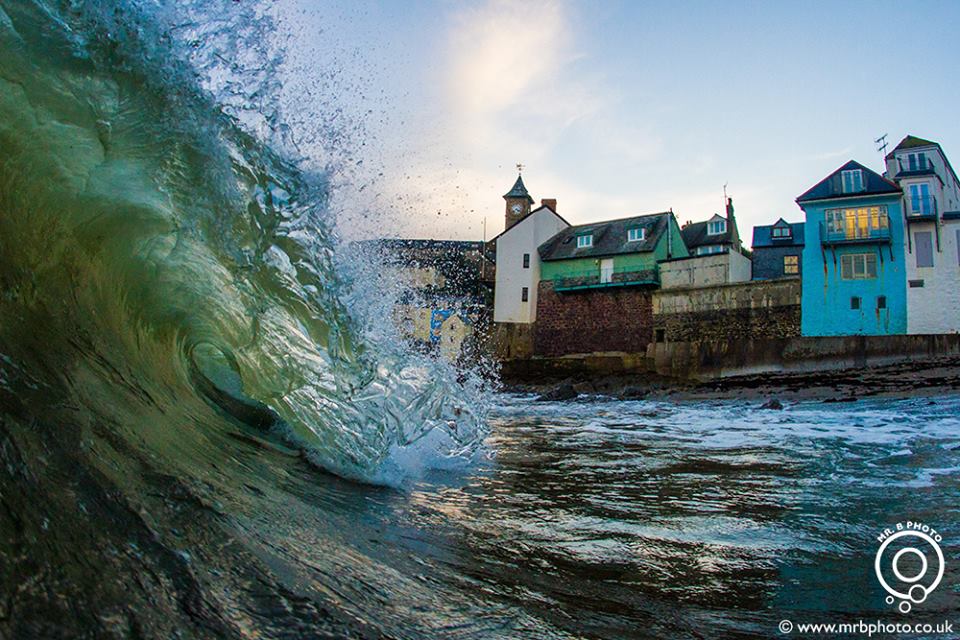Welcome to Cawsand Bay, an Area of Outstanding Natural Beauty
The twin villages of Kingsand and Cawsand have a long history as fishing and smuggling villages. Remnants of this fishing past can be seen in the ruined ‘pilchard palaces’ (fish pressing cellars) along the coast.
Protected from the prevailing south westerlies by Penlee Point, Cawsand Bay was also the Royal Naval anchorage until the mile-long Breakwater was completed in 1844, making Plymouth Sound safe enough for large ships.
One recently-discovered remnant of the bay’s importance in this era is an early 1700s pre-Admiralty long shank anchor, used for anchoring large war ships. The anchor is 18 feet 6 inches long, 12 feet wide, and has a large ring about 3 feet in diameter.
Special Area of Conservation
Cawsand Bay lies within the Plymouth Sound and Estuaries Special Area of Conservation (SAC), one of an important network of conservation sites in Europe.
The bay is particularly special for its eelgrass beds. Eelgrass was once widespread around Britain, but it is now considered rare and the South West is an important stronghold.
Eelgrass provides a rich habitat and shelter for many species, including Britain’s two native types of seahorse, and acts as a nursery for many commercial fish species. It also stabilises sediment and protects against coastal erosion.
Sites of Special Scientific Interest (SSSIs)
The unique pink rock platform between Kingsand and Sandway is South West England’s only example of an exposed lava flow of rhyolite rock from the Permian Age (about 300 million to 250 million years ago). This rock formed when most of the land on Earth was contained in a single supercontinent, Pangaea. If you look carefully you can still find gas bubbles in it!
The gullies and rockpools of Penlee Point and Hooe Lake Point are protected too, because of their impressive range of seaweeds.
On a low tide you can also find very rare scarlet and gold cup corals east of the village at Sandway beach.

